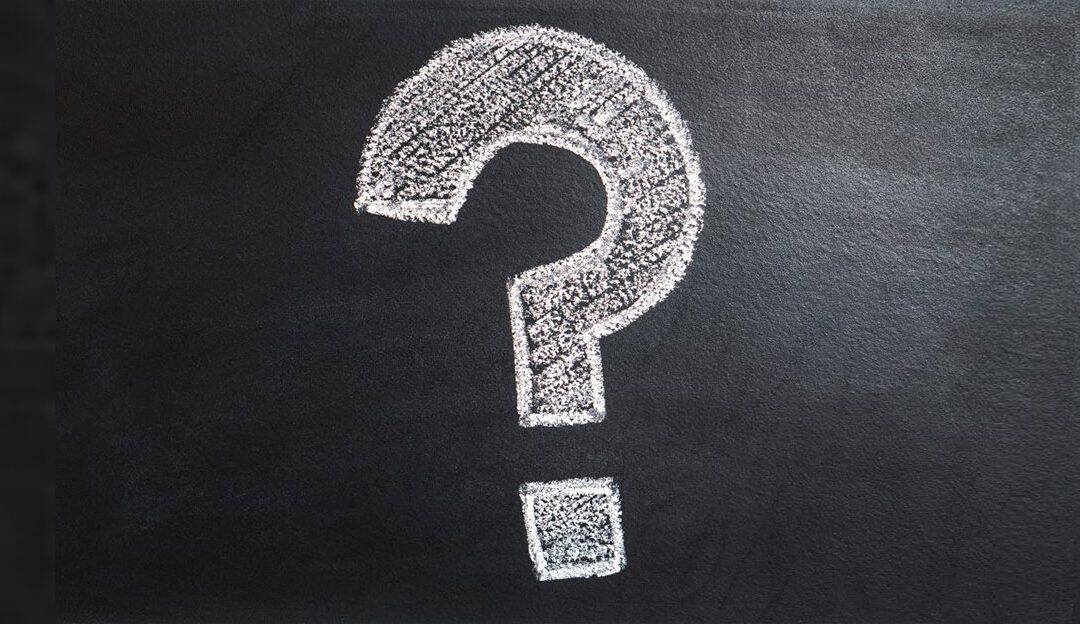When a writer places the last full stop to their manuscript it may come after a long process and with great relief but, if the reader is to get the most from the work, it is always advisable to carry out a series of checks. Experienced authors often leave their completed manuscript for some days to distance themselves before a final check of the piece. Perhaps it has already been through several iterations and the author sees it as done. At this point a different person, with a fresh pair of eyes, is going to spot things that the writer is too close to the work to see. The writer may decide to use editorial services and two options are copy-editing and proofreading.
So, what is the difference?

This is a frequently asked question as some editorial tasks are carried out in both and the distinctions are not widely understood outside the publishing world.
To start with, it is useful to point out what copy-editors and proofreaders are not. If an early draft of a fiction manuscript is being considered for major structural changes – such as taking out a complete subplot or changing a story from third to first person – this would be the work of a developmental editor. Generally, a major rewrite would follow this editing process. The work of a copy-editor or proofreader would be less invasive than a developmental editor’s.
Copy-editing
When an author is happy with what they have written and ready to put their name to the document for posterity, then it is time for a copy-editor. All types of writers need editors, whether they’re looking for manuscript editors, comic editors, or whatever their text might be. Their work will involve checking the text for grammar, spelling, style and punctuation, before it is laid out, along with any illustrations, tables or photographs, to create the page as it will appear to the reader.
Copy-editing is also about shaping a complete manuscript, which could be anything from a short paragraph for a company website to a series of novels or an encyclopedia. The copy-editor will make sure that the headings and subheadings are appropriate and that they match with the table of contents. They will make suggestions about how an author might tackle any unclear or confusing issues that, if left, might trip up or irritate the reader. Copy-editors consider problems regarding transitions between paragraphs, copyright and fair use, references, citations, unnecessarily wordy writing, the use of abbreviations or acronyms without explanation and overuse of jargon. They will ensure that the style of the piece fits with the publication that it is intended to be part of. They can carry out fact-checking, which can be more or less specialized but would depend very much on negotiations between author and copy-editor. A copy-editor can make hundreds of decisions about different features of a manuscript and is highly likely to generate a number of questions for the author.
The work can be carried out on hard copy but much is done electronically to make use of word processing reviewing tools. In MS Word the Track Changes feature is excellent for this task as it allows suggestions and comments to be clearly marked up and viewed by everyone as the manuscript develops.
Throughout the process tact, diplomacy and forbearance may be needed on all sides to resolve issues and to create a well-checked document ready for designing and laying out for the reading public. This task is typesetting. Once a document has been typeset it will need a last quality check, which is the proofread.
Proofreading
As much as everyone tries to do no harm, at each stage errors can creep in. Word processing can introduce mistakes, for instance duplication when copy-and-paste has been used in haste and without rereading. These are what the proofread should catch.
The proofreader works with a document which is as close to the finished product as possible so they see what the reader will see. Hard-copy is often used, but PDFs show the design and offer mark-up tools to add suggestions and comments. Once again, questions can be raised where necessary, either for the author or the typesetter.
Proofreading ensures consistency within the manuscript and cross-references, punctuation, spelling and capitalization will be checked again, as will typos, words written twice or where overenthusiasm has peppered paragraphs with exclamation marks. The proofreader sits at the perfect vantage point to check how the layout appears on the page and can see whether a page is overly gappy, whether end-of-line breaks appear appropriately and whether headings at the tops of the pages (running heads) are as they should be. These things are not normally shown on a document at the copy-editing stage.
By the proofreading stage changes to the writing will be relatively minor errors in text and formatting. They will point out anything that has been hidden or that has crept into the manuscript which may distract, confuse or irritate the reader.
Writing is a wonderful form of expression, but it takes time and rushing the stages is not advised. Authors have choices to make so it is helpful to be clear about the different contributions they can expect from copy-editing and proofreading.


Recent Comments